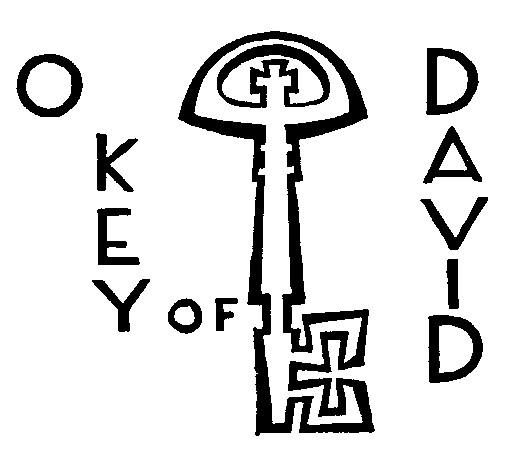Today I attended the presentation of a book. The Italian edition of Uwe Michael Lang’s book Turning Towards The Lord (in Italian Rivolti al Signore: l’orientamento nella preghiera liturgica. Cantagalli, 2006. Ignatius Press originally published it in English in 2004.) The preface was by Joseph Card. Ratzinger, whom I think you know. One of the presenters was Archbishop Malcolm Ranjith who is the Secretary of the Congregation for Divine Worship and Discipline of the Sacraments (CDWDS).
The book is a positive contribution to the discussion of the importance of rethinking the now prevailing practice of celebration of Holy Mass “toward the people” (versus populum) and making a move back to an orientation of the Eucharistic liturgy “toward God” (versus Deum or versus orientem). Uwe picks up on work already provided by scholars like Klaus Gamber, Joseph Jungmann, Max Thurian, Louis Bouyer, and Joseph Ratzinger.
Without descending onto the old Mass v new Mass battlefield, Lang underscores the spiritual dimension of celebrations ad orientem versus. While there is a strong argument for having the liturgy of the Word versus populum there is similarly a strong, even overwhelming argument in favor of versus Deum celebration of the Eucharistic liturgy. Without repeating the argument of the whole book, in the case of the former there is a proclamation, while in the case of the latter having priest and people all “oriented” opens the celebration up to an eschatological dimension. Another strong point of the book is the documentation of how the Second Vatican Council in no way required the repression of Latin or a tearing out of altars or a versus populum celebration. He provides as well the rubrical evidence for ad orientem celebrations.
During the presentation of the book, there was honorable mention of the correct translation of the 2000 GIRM (which is the GIRM for the 2002 third edition of the Missale Romanum) in the infamous no. 299. This point was taken up in the preface by Card. Ratzinger as well. On many occasions in the WDTPRS series I have shown how the USCCB’s document Built of Living Stones retained a faulty translation of 299 even after the aforemention CDWDS had issued a clarification in which it was considered necessary even to explain the grammar of the Latin!
I recommend the book.
































Father,
I agree, its a wonderful book. He makes a strong case, and its very well footnoted. After putting it down I had the impression that I’d read the last word on the subject. Pius Parsch must be rolling in his grave.
I was very excited when I read about three weeks ago that His Excellency was going to present the Italian edition. It’s something that couldn’t be imagined just a few years ago, and a very good sign. I wish I could’ve been there.
I’m curious, there must’ve been a question and answer session after H.E.’s presentation. Was there even the faintest hint dripped that there may be a mandatory, rubrical restoratation of ad orientam in the Novus Ordo, say, in the Holy Father’s upcoming Apostolic Exhortation?
Thanks!
Correct me if I am wrong, but I don’t think the 2000 G.I.R.M. is the same thing as the G.I.R.M. which appears in the 2002 Roman Missal. If I remember correctly, there is also
the difference of where the Gospel Sequence goes. In the 2000 GIRM it has the
usual place between the Alleluia and the Gospel, but in the 2002 GIRM it is now
before the Alleluia, something which I never understood.
I am not sure of many other differences, but there were changes between the
2000 and 2002.
http://www.romanrite.com/j040402.html
On a pragmatic level, the priests I have talked with would prefer ad orientem
because the faithful are often just so distracting.
But now we have all these churches in the round, thankfully most of them are
dedicated and not consecrated.
Jon: One of the journalists ask during the too brief Q&A about this point. His Excellency responded that there is not, at this time, a document in preparation on this point.
Alas, as often happens in Italy during press conferences one silly person (a priest, this time) stood up and made a long pointlessly rambling speech before finally getting to a question (whcih turned out nearly impossible to answer, given the ramble that preceded it). So, we had no time to get to more questions, whcih would have been interesting. I had framed one myself, which there was no time for, thanks to the blabber.
I agree, however, that a few years ago (dare I say even a year ago?) having the Secretary of the CDWDS present this particular book was “unthinkable”.
o{]:¬)
In the 1962 missal the sequence followed the epistle and came before the Alleluia.In the Novus Ordo the alleluia concluding the sequence is omitted for some reason which takes away from the conclusion of the sequence.